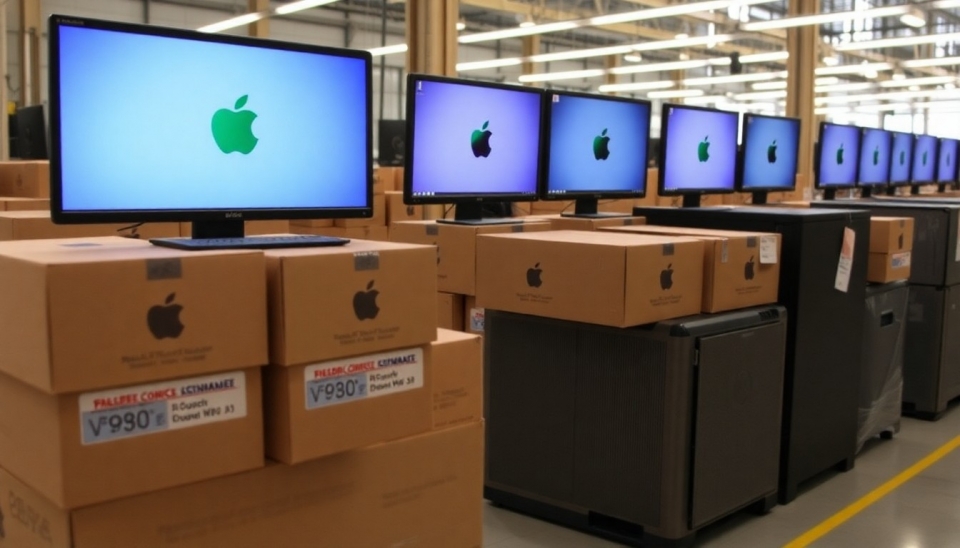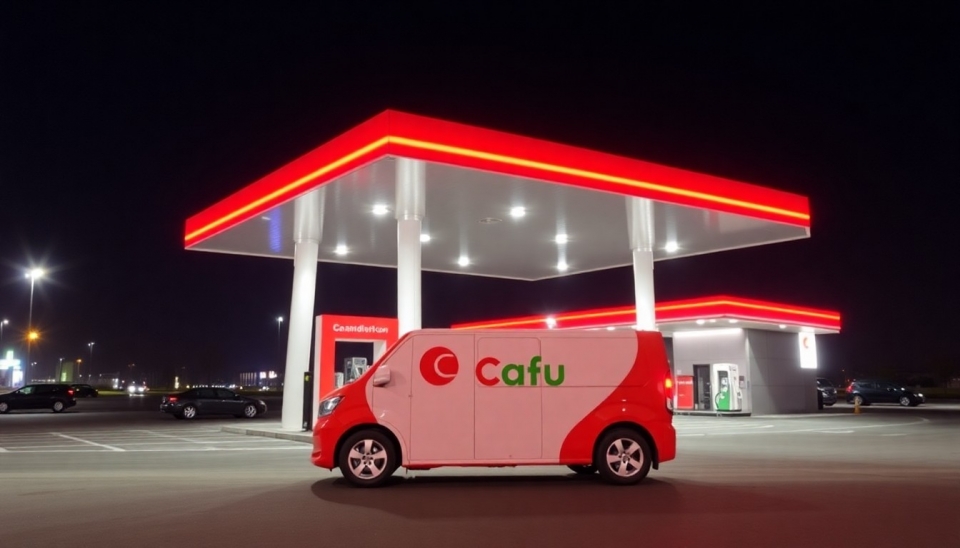
In a remarkable turnaround for the PC industry, shipments increased at the fastest pace in four years as manufacturers and retailers scrambled to deliver products before potential tariffs could take effect. This unexpected rise comes in the wake of heightened tensions between major economies, which have left businesses racing to secure their orders ahead of possible price hikes.
Data from industry analysts indicate that global PC shipments rose by 15% in the first quarter of 2025 compared to the same period last year. This growth is attributed to several factors, including a strong demand for remote work solutions and a shift towards higher-specification devices that support the increasing need for productivity in a hybrid work environment.
The surge in shipments can largely be credited to vendors' proactive strategies, particularly in the United States, where fears of tariffs on imported electronics loomed large. Companies have effectively increased their inventory levels to mitigate potential price increases that could arise from new tariffs proposed by the government. Analysts suggest that the rush to fulfill orders has created a temporary spike in shipments but caution that this may not reflect sustained growth in the coming quarters.
Key players in the computer hardware market, such as Dell Technologies, HP Inc., and Lenovo, have reported substantial gains in their shipments. Dell, for instance, noted a staggering 20% increase in their sales, bolstered by enhanced consumer interest in gaming and work-from-home setups. In a statement, Dell’s Chief Executive Officer emphasized the importance of continual innovation and product development that responds to consumer needs during uncertain market conditions.
However, experts warn that while the current trajectory of growth is promising, it could be short-lived. As manufacturers deplete their stockpiles and adjust to evolving trade policies, the industry may face challenges in maintaining such momentum. Furthermore, with inflation affecting production costs, consumer prices are likely to rise, potentially impacting demand in the latter half of the year.
Market analysts also noted that the chip shortage, which has been a significant bottleneck for the tech industry, is gradually improving, although it remains a critical factor in overall production timelines. As supply chains stabilize, manufacturers are hopeful that they can meet demand without significant delays, although potential regulatory changes may still create unpredictability moving forward.
The increasing integration of cutting-edge technologies, such as artificial intelligence and enhanced graphics capabilities, into personal computers is another contributing factor to the growth. As consumers upgrade to machines that can handle demanding applications, there is a concurrent rise in sales of high-performance systems that cater to gamers, content creators, and professionals alike.
Looking ahead, analysts remain cautiously optimistic. The focus will likely shift towards how companies adapt to potential tariff changes and ongoing supply chain adjustments. As the industry navigates these turbulent waters, the onus will be on manufacturers to balance supply with demand while responding effectively to external economic pressures.
In summary, the positive surge in PC shipments marks an encouraging shift for the industry as it continues to adapt to a rapidly evolving landscape. With strategic planning and innovation at the forefront, stakeholders will be keenly observing how long this growth trend can sustain itself in an ever-changing market.
#PCShipments #TechNews #TariffConcerns #ComputerIndustry #RemoteWorkSolutions #Gaming #TechnologyTrends #SupplyChain #MarketAnalysis
Author: Emily Collins




